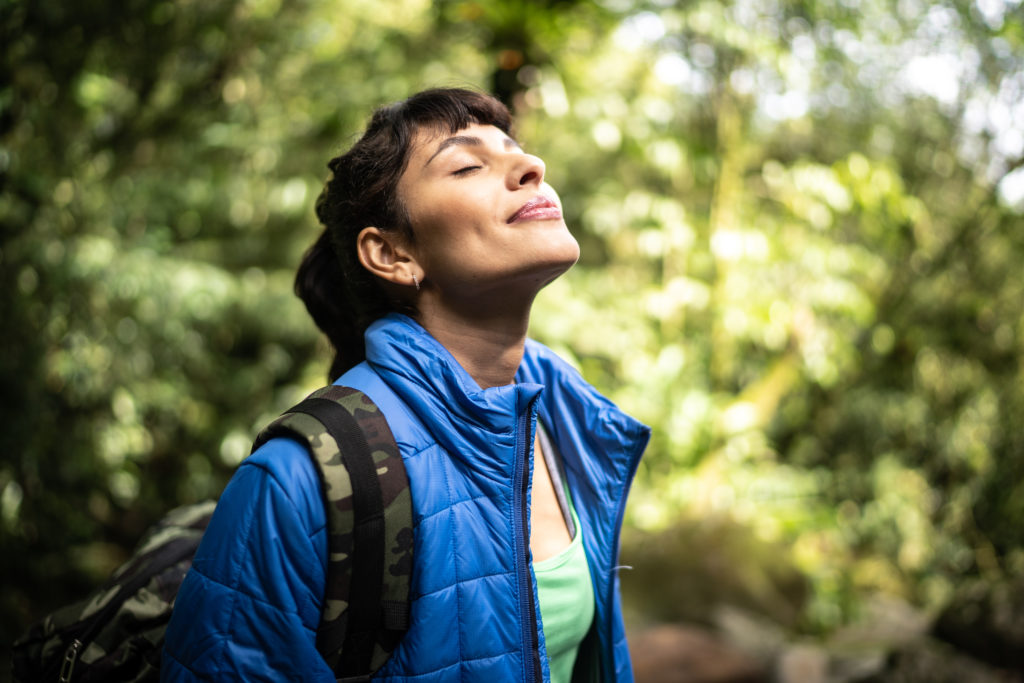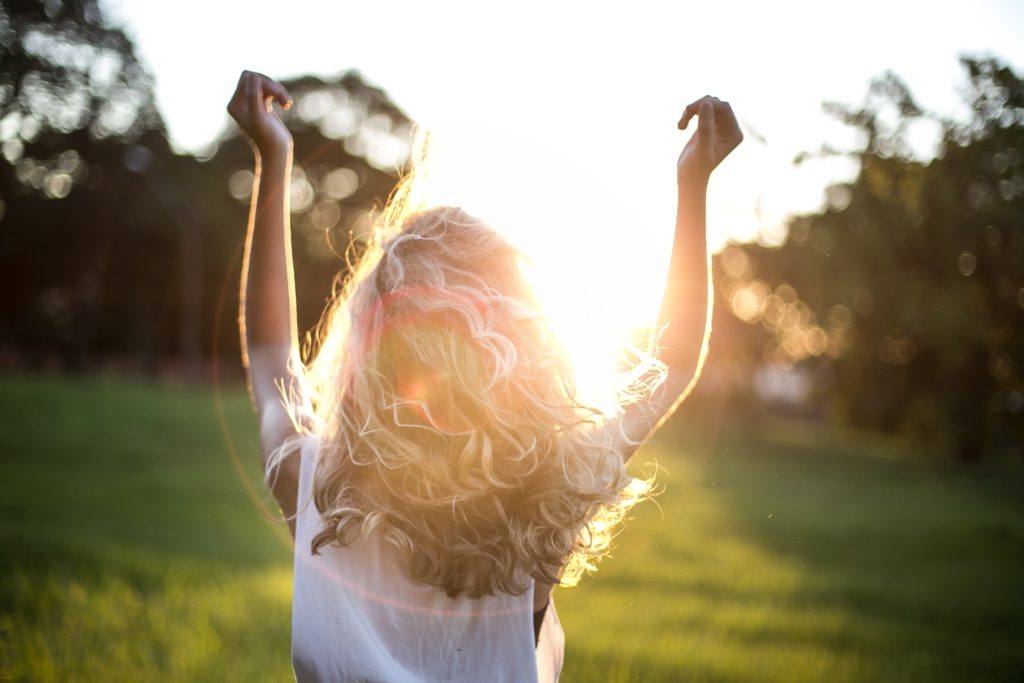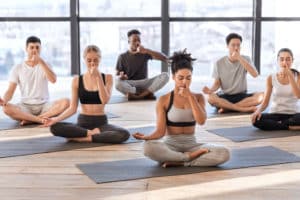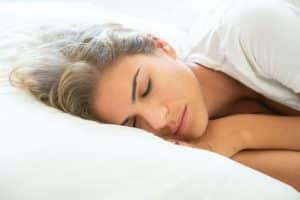
INTRO
Importance of Morning Sunshine

Morning sunshine has a number of important benefits for both physical and mental health. Physically, it can help regulate our circadian rhythm, boost Vitamin D levels, improve mood and energy, and even improve sleep quality.
Mentally, it can help reduce symptoms of depression, improve overall mood and sense of well-being, and enhance cognitive function. In addition, exposure to morning sunlight can also help improve focus and alertness, making it easier to start the day on a positive and productive note.
Starting a morning sunshine challenge is a great way to invite friends who might like to create a habit of getting that morning sunlight.
Health Benefits of Morning Sunlight
There are several potential health benefits of morning sunshine, but remember that it’s important to protect your skin from prolonged exposure to the sun’s UV rays mid-day by wearing sun-blocking clothing or sunscreen. Morning sunlight’s health benefits include:
Boosting mood
Morning sunshine can help to boost mood by increasing the production of serotonin, a neurotransmitter that plays a role in mood regulation.
Enhancing sleep
Morning sunshine can help to regulate the body’s internal clock and improve sleep quality by increasing the production of melatonin, a hormone that helps to regulate sleep.
Improving immune function
Morning sunshine can help to boost immune function by increasing the production of vitamin D, which is important for maintaining healthy bones and supporting the immune system.
Reducing the risk of certain diseases
Some research suggests that morning sunshine may help to reduce the risk of certain diseases, such as type 2 diabetes and multiple sclerosis by increasing the body’s vitamin D synthesis.

Supporting skin health
Infrared light in morning sunshine can help to improve skin health by increasing the production of collagen, a protein that helps to keep skin smooth and elastic. However, prolonged UV light exposure mid-day, can destroy collagen.
How to Get More Morning Sun

It’s not always easy to get the morning sunshine you need. Luckily, there are a few different ways that you can get that morning sunshine. Some options include:
Set your alarm earlier. Wake up earlier in the morning to get a dose of morning sunshine.
The first 30 minutes of waking are especially beneficial for your circadian rhythm, improving your mood and sleep in the evening.
Get outside. Step outside as soon as you wake up to get a dose of morning sunshine, and avoid SPF or UV blocking sunglasses and clothing while getting morning sunlight within the first 30 minutes of waking.
Open your windows. The UV spectrum that provides benefits does not penetrate glass, so it’s important to open your windows if you can’t get outside.
Consider a sun lamp. If you live in an area with limited sunlight, consider using a sun lamp to deliver you some of the effects of morning sunshine.

Boosting Your Morning Sunshine
1
Setting a goal
Start a morning sunshine challenge and determine how much time you want to spend in the morning sunshine each day and try to meet that goal.
2
Setting an alarm
Set an alarm to wake up earlier in the morning so you have time to get outside and get a dose of morning sunshine.
3
Making it a part of your routine
Incorporate morning sunshine into your daily routine by making it a habit to get outside or open your blinds as soon as you wake up.
4
Use a tracker
There are several apps and devices available that can help you track your morning sunshine exposure and remind you to get outside.
5
Seeking support
If you are having difficulty building the habit of getting morning sunshine, consider seeking support from a healthcare professional or a therapist who can provide guidance and support.
6
Find a buddy
Invite a friend or family member who is also interested in getting more morning sunshine into your morning sunshine challenge and encourage each other to stick to your goals.
Solutions to Get More Daylight

Getting early morning sunshine exposure can have many benefits. However, it’s not always easy to make this a consistent habit.
Here are some common setbacks people face and how you can overcome them:
Difficulty waking up early. If you struggle to wake up early, try gradually adjusting your sleep schedule by waking up 15-30 minutes earlier each day until you reach your desired wake-up time.
Also, try going to bed earlier to ensure you get enough sleep, and have a consistent sleep routine, even on the weekends.
Lack of motivation. It can be challenging to motivate yourself to get out of bed and step outside, especially on cold or dark mornings. One way to motivate yourself is to remind yourself of the benefits of early morning sunshine exposure and how it can positively impact your day and improve your sleep.
Invite a friend to your morning sunshine challenge and keep each other motivated!
Busy schedule. If you have a busy schedule in the morning, try to plan ahead and wake up earlier to make time for early daylight exposure. You can also try incorporating it into your daily routine, such as taking a morning walk or having breakfast outdoors!
Inclement weather. It can be difficult to get sunshine exposure if it’s raining or cloudy outside. In this case, consider investing in a light therapy lamp, which mimics the effects of natural sunlight and can help regulate your circadian rhythm.
Health concerns: If you have health concerns that make it difficult to get outside, such as a skin condition or sensitivity to sunlight, consult with your doctor for guidance on how to safely get more morning sunshine exposure.
Morning Sunshine FAQ’s
The time of daylight in the morning can vary depending on your location and the time of year. In general, daylight starts to appear shortly before sunrise, which occurs at different times depending on the season and your location in the world.
For example, in the middle of summer at a location near the equator, daylight can begin as early as 4:30 or 5:00 am. In contrast, in the middle of winter at a location far from the equator, daylight may not begin until 7:00 or 8:00 am.
To find out the specific times of sunrise and daylight in your area, you can check your local weather forecast or use an online sunrise/sunset calculator.
It’s generally safe to get morning sunlight exposure without sunscreen for short periods, especially if you have darker skin. However, if you’re fair-skinned or prone to sunburn, you may need to wear sunscreen with a minimum SPF of 30 to protect your skin from UV damage. If you can, avoid wearing UV-blocking sunglasses while getting your dose of morning sunshine.
It’s important to wear loose-fitting, breathable clothing that covers your skin but also allows for airflow. Choose fabrics that are light-colored and made from natural materials like cotton or linen, and try to avoid wearing UV-blocking sunglasses within the first 30 minutes of waking.
Increasing Daylight Exposure
There are several tools that can help support your habit of getting more daylight exposure. Here are a few examples:
Light therapy lamp. Light therapy lamps simulate natural sunlight and can be used indoors to help regulate circadian rhythms and improve mood. They can be particularly helpful during dark or cloudy months or for people who have limited access to natural sunlight.
Smart bulbs. Smart bulbs can be controlled via a smartphone app or voice command and can be programmed to mimic natural sunlight. Some smart bulbs also have features that gradually increase the brightness of the light, simulating a sunrise.
Sunlight alarm clocks. Sunlight alarm clocks use gradually increasing light to simulate a sunrise and wake you up naturally. They can be particularly helpful for people who struggle to wake up early in the morning.
Daylight tracking apps. There are many apps available that track daylight exposure and can help you optimize your exposure to natural sunlight. Some apps also provide information about UV levels and can help you avoid overexposure to the sun or even track your vitamin D levels, like in the dminder app.
Online communities: Many online forums and communities exist, like on MasterHealth, where like-minded people interested in getting more morning sunshine exposure can provide support and share resources for accomplishing this shared goal.











